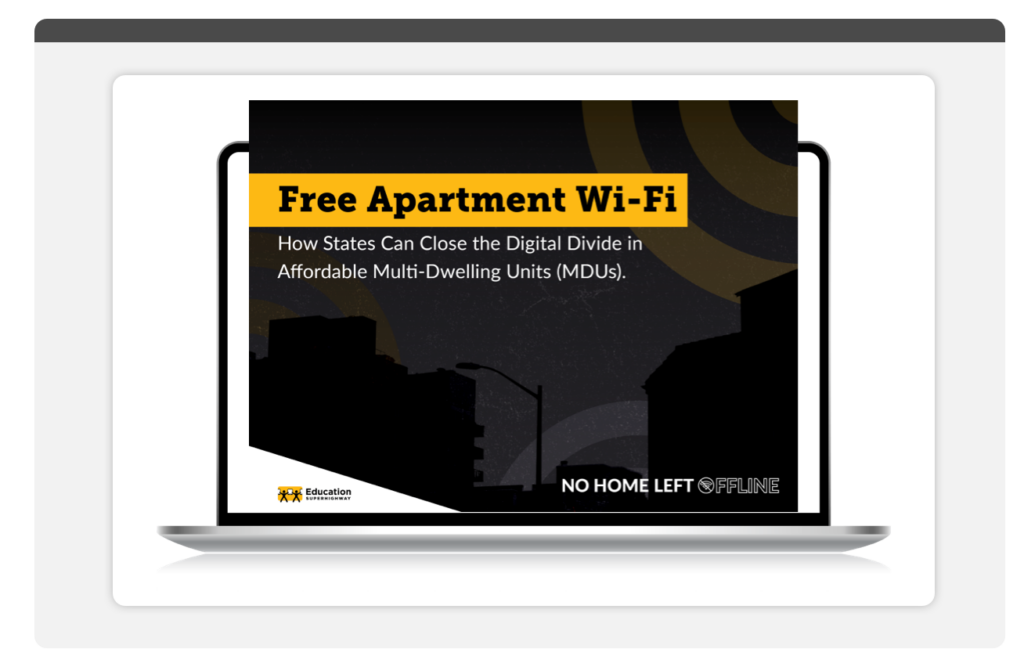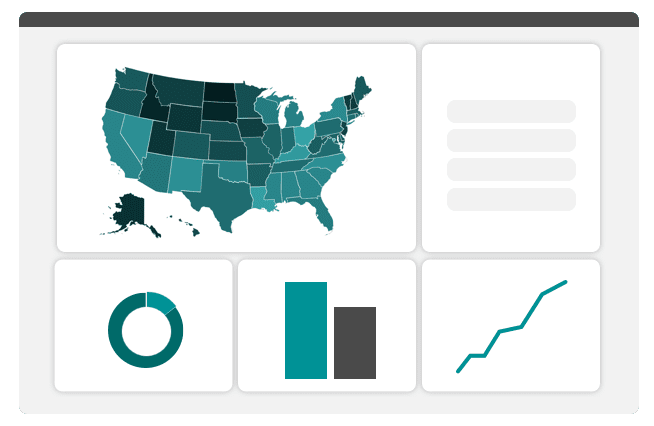Limited Hotspot Data Plans
Note that not all hotspot data plans are created equal, and plans that have limited monthly data packages can have an impact on the student’s ability to connect, depending on their level of usage. Typical data limits range from 1 GB to 50 GB, with unlimited plans offering the highest level of flexibility for users. Depending on the terms of your hotspot agreement, when users exceed their monthly data limit, they may either be unable to access the Internet until the start of the next billing cycle or can incur additional charges based on how much data they exceed over the monthly data limit.
Limited Availability
Throughout the last year, several major network carriers have had low levels of supply availability, making it difficult to procure the number of devices needed to serve large numbers of students across the country.
Variable Connection Strength
Personal hotspots, or any device that relies on data and the LTE network, might see speeds slow down or top out based on use. Additionally, rural areas with spotty cell service coverage make it difficult to use hotspots. If your school district covers a wide region with rural, suburban, and urban areas, consider testing in each location to see where cellular connections are strong enough to support hotspots during your evaluation process.
Cost
Personal Hotspots can cost between $25-$300 for the device, while data plans range from $10-$50 per month. While this might be a necessary expense when low-cost wireline carriers do not have viable options, it tends to add up if there are many students in need of the plans and devices. Consider working with a provider on a managed solution to access bulk discounts to lower the cost.
Short-Term Solution
Due to the lower bandwidths offered by most hotspots, using them to stream instructional videos or participate in live online discussions can be challenging. Teachers find themselves offering alternative lessons or modifying their curriculum to account for home-access needs – an added strain when they are often learning to use the technology as they go. As school districts adapt their distance learning programs for the future, it’s vital that students and teachers have reliable Internet access and are able to focus on learning rather than technology troubleshooting.


